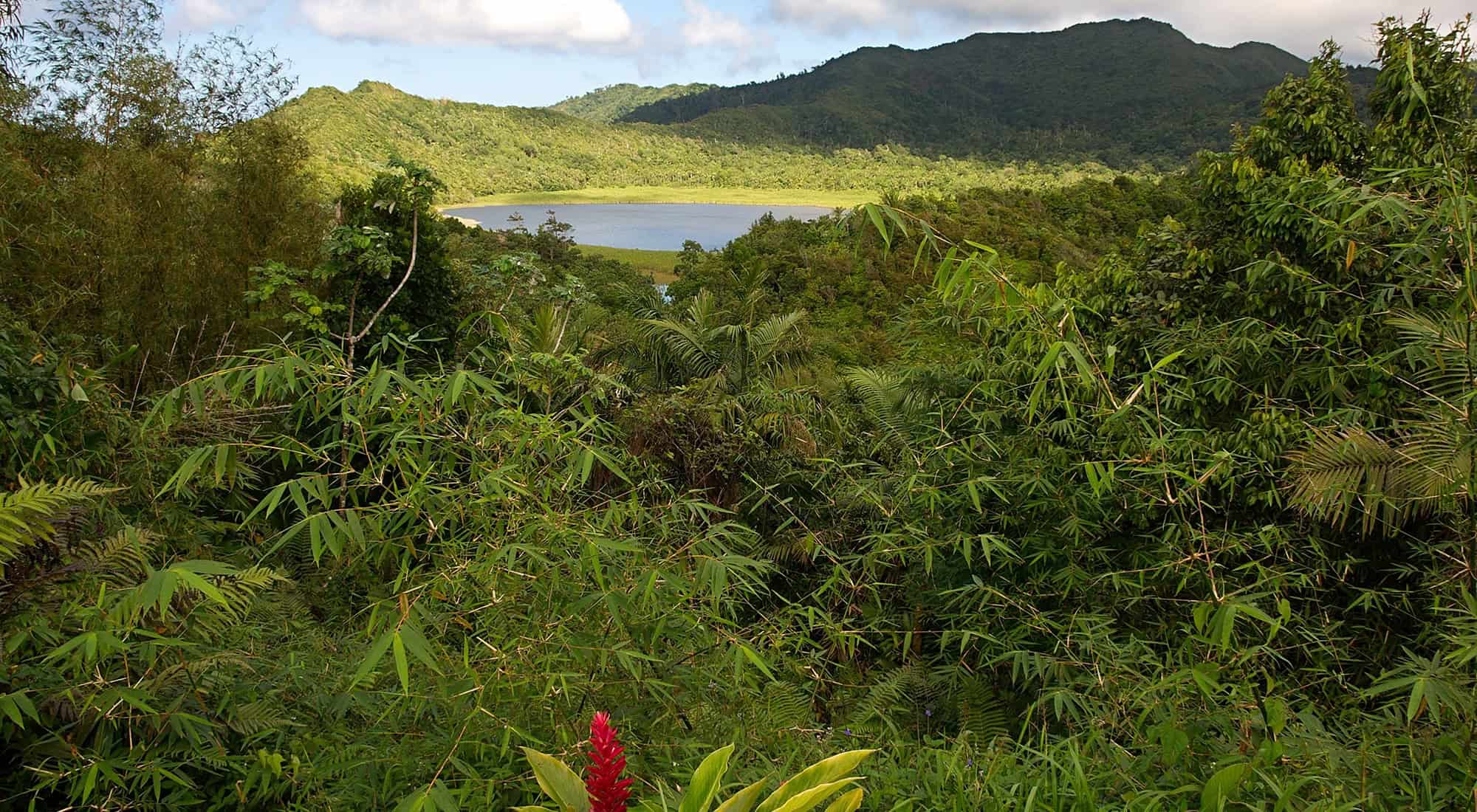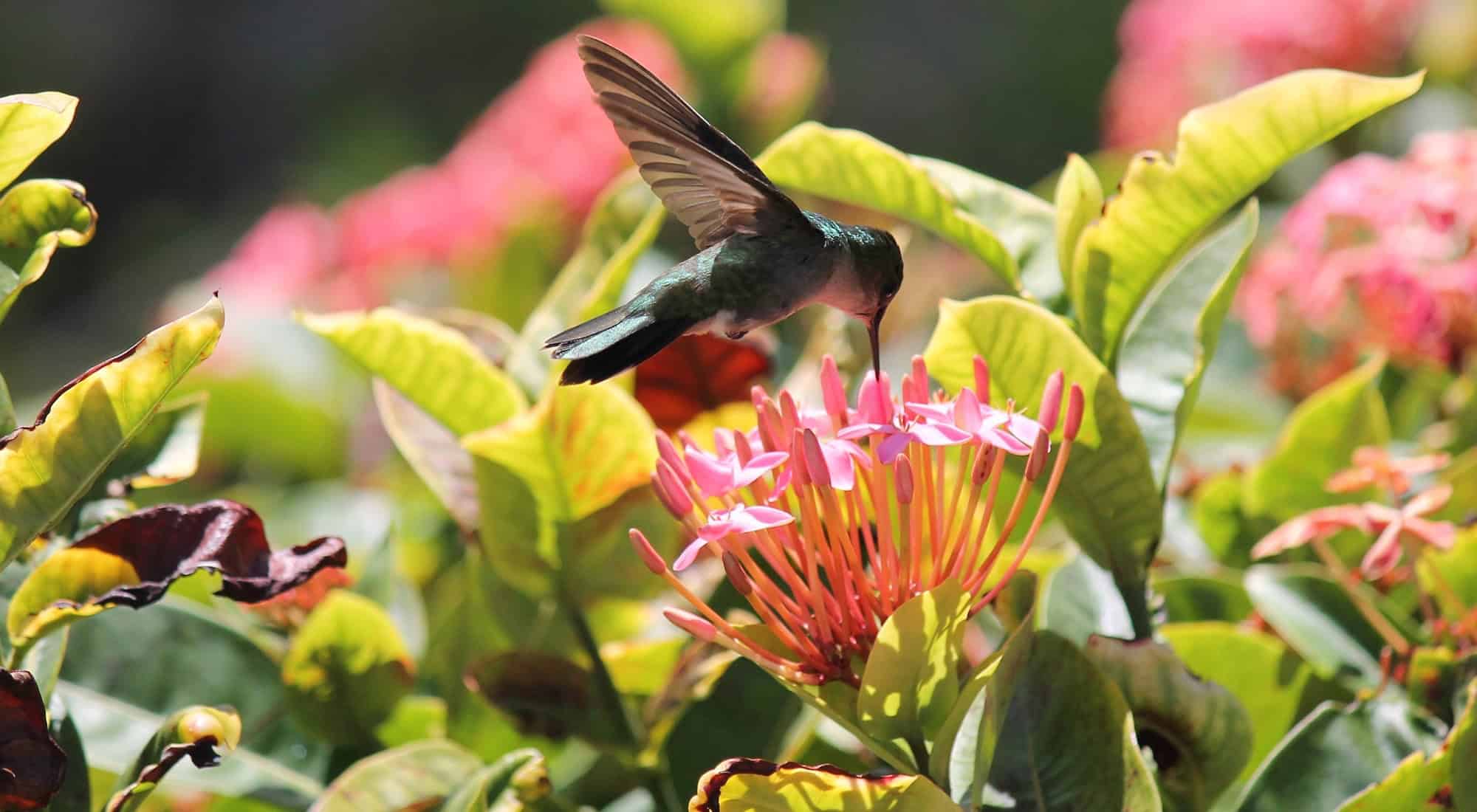Diving and snorkelling
The reefs around Grenada and Carriacou provide excellent diving and snorkelling for all skill levels, from lazy drifts over coral gardens to challenging exploration of wrecks. Between them they have more than 50 sites from shallow near-shore reefs to deep walls off the remoter uninhabited islets, where visibility ranges from 30 to 90 ft. Grenada is well known for its wreck dives and the unique and extraordinary Grenada Underwater Sculpture Park. There are plenty of diving operators at the resorts in Grand Anse and the southwest, while Carriacou has several dive shops.
Fishing
The Atlantic side of the islands have some of the world’s most exciting game fish, including blue and white marlin, sailfish, wahoo and dorado, and deep-sea fishing charters can be organized with a knowledgeable captain and capable crew who know the best fishing grounds. There’s also the option of negotiating to go out with a friendly local fisherman in order to catch barracuda, kingfish, groupers, jacks and snappers; the cost of which can be not much more than sharing your catch with the boat crew. There are a number of tournaments which attract international fishermen including Grenada’s Spice Island Billfish Tournament, the biggest event of its kind in the southern Caribbean, while at a more local level some of the regattas on the islands include fishing contests and entertaining fishing boat races.
Hiking
Hiking through the interior mountains of Grenada, accompanied by birdsong and forest sounds, is rewarding. There are guides and organized tours to take you hiking in the rainforest and to waterfalls in and around Grand Etang National Park. Less strenuous is a short stroll along a magnificent beach lined with coconut palms where you can paddle as you go, or to just walk on any of the pretty coastal roads away from the urban areas and see where you get to (and get public transport back). It’s always a good idea to start early to avoid the midday heat and carry plenty of water. A hat and sunscreen are also essential.
Sailing
Sailing is synonymous with the Caribbean and it is one of the best ways to see these islands. The constant trade winds and warm sun is a draw for both experienced and novice sailors. The Caribbean Sea is generally calm, shallow if you stay near the coasts, distances are short between the islands, and there are some beautiful anchorages and moorings in turquoise bays. If you don’t have your own boat, there are a number of options to explore this part of the Caribbean afloat for a week or more. Boats vary from monohulls to catamarans, and from skippered day charters (easily arranged through hotels) to bareboat or crewed charters and learn-to-sail holidays.
Where you start and finish depends on where the yacht charter company is based, but could be St Vincent or Grenada, and there’s the possibility of a one-way charter between the two. On Grenada, popular day trips go for a sail up the Caribbean coast with snorkelling and a barbecue lunch on a remote beach. There are plentiful options to explore on longer yachting or learn-to-sail holidays, or you can simply charter a boat from with a skipper and crew and head off. The beautiful sheltered bays and pretty coves make a fine alternative to hotels on land.
The Caribbean is one of the best places in the world to learn to sail and some of the companies also offer tuition on ‘Learn and Cruise’ packages.
Water sports
There are numerous options of playing in the gorgeous warm waters of the Caribbean; from wind- and kitesurfing to hobie cat sailing and stand-up paddle boarding. All-inclusive places, top luxury resorts and private islands include water sports in their packages, but there are also plenty of places to rent equipment for an hour or two. In Grenada, the popular beaches in the southwest have water sports centres, and catamaran sailing, and diving and snorkelling up the coast can be arranged. Sea kayaking is also popular in the bays and coves of southern Grenada and a trip with Conservation Kayak in Woburn is a particularly good opportunity to explore the mangroves and shallows full of marine life.
Swimming is always better in the Caribbean; some of the rough Atlantic waters can be dangerous because of strong currents and waves.









